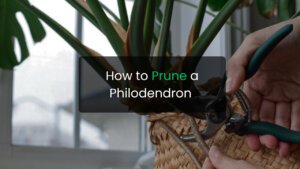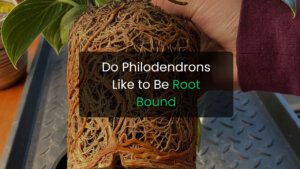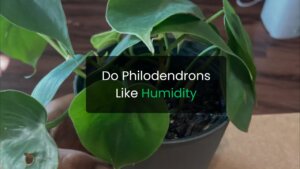Philodendrons are popular indoor plants known for their lush green leaves, easy care needs, and strong ability to adapt to indoor conditions. But one common question plant lovers ask is: do philodendrons like humidity?
The short answer is yes, philodendrons do enjoy humidity. These tropical plants come from rainforests in Central and South America, where the air is moist and warm. While they can survive in average home conditions, they thrive in spaces with higher humidity levels.
This guide explains the humidity needs of philodendrons, how to maintain ideal humidity indoors, and signs your plant may need more moisture.
Why Philodendrons Like Humidity
Philodendrons naturally grow in tropical rainforests where humidity stays high almost all year. The air in their native environment helps them keep their leaves hydrated and encourages faster growth. Humidity also supports strong root systems and prevents leaves from drying out.
Some related LSI and plant care terms you may hear include tropical plants, moisture levels, indoor plant humidity, rainforest plants, and humidity loving houseplants. Knowing these helps you understand where philodendrons belong in the plant world and what conditions they prefer.
Ideal Humidity Level for Philodendrons
Philodendrons prefer humidity levels between 50 to 60 percent. Most homes stay around 30 to 40 percent, especially during winter, which means your plant may need extra moisture in the air to look its best.
Higher humidity helps the plant maintain its glossy green leaves, strong stems, and steady growth.
Signs Your Philodendron Needs More Humidity
If your philodendron needs more humidity, you may notice:
- Dry or crispy leaf edges
- Yellowing leaves
- Slower growth
- Drooping or sad looking leaves
- Brown tips
These are early signals that the air is too dry for your plant.
How to Increase Humidity for Philodendrons
Here are simple ways to raise humidity for your philodendron at home:
Use a Humidifier
A small room humidifier is the most effective way to increase moisture in the air.
Mist the Leaves
Lightly mist your plant a few times a week. Avoid over misting to prevent leaf disease.
Pebble Tray Method
Place the pot on a tray filled with water and pebbles. As the water evaporates, humidity increases around the plant.
Group Plants Together
Placing several houseplants close to each other creates a naturally humid environment.
Place in a Bathroom With Bright Light
If your bathroom has good natural light, it can be an ideal spot due to high steam and moisture.
Do All Philodendron Varieties Like Humidity?
Yes, all philodendron species enjoy humidity. Popular varieties such as Heartleaf Philodendron, Philodendron Brasil, Philodendron Birkin, and Split Leaf Philodendron all benefit from similar humidity care.
Final Tips to Maintain Healthy Philodendrons
- Keep humidity around 50 to 60 percent
- Avoid placing plants near heaters or air vents
- Water when the top inch of soil dries out
- Provide bright, indirect sunlight
Balanced humidity and proper watering help your philodendron stay vibrant and healthy year round.
FAQs
Do philodendrons need humidity to survive?
They can survive in average home humidity, but they grow better and look healthier with higher humidity.
Is misting enough for humidity?
Misting helps but is not always enough on its own. Combining misting with a pebble tray or humidifier works best.
Can low humidity cause brown leaf tips?
Yes, brown tips and crispy edges are common signs of low humidity in philodendrons.
What room is best for philodendrons?
Rooms with indirect light and natural moisture, such as bathrooms or kitchens, are great locations if there is enough light.
Do philodendrons like being near windows?
Yes, bright and indirect light near windows supports healthy growth, but avoid direct harsh sunlight.





